
views
Recycling Styrofoam

Find a drop-off site for Styrofoam in your area. Contact your local recycling program to find out about Styrofoam recycling programs or drop off sites in your community. Because Styrofoam needs to be recycled at specialized facilities, you need to find a drop-off location rather than setting it out with your regular recyclables. You can also get in touch with the Alliance of Foam Packaging Recyclers or independent organizations like Earth911 to search for Styrofoam recycling programs in your area. You can find the drop-off station nearest to you by searching the AFPR website. AFPR also allows you to mail back Styrofoam if you live in an area without a reliable drop-off site. While this can be somewhat challenging if you've accrued a considerable amount of the stuff, it's an option for packing materials or loose-fill "peanuts."
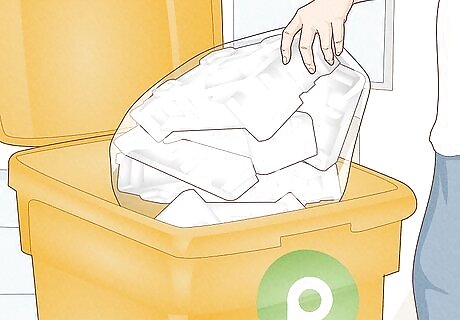
Take Styrofoam to Publix. Common throughout the American South, the Publix chain of grocery stores will often have drop-off options for Styrofoam, making it a reliable option in many areas. In other regions, check out whether or not grocery stores, recycling centers, and other commercial zones have Styrofoam drop-offs set up for regional recycling.
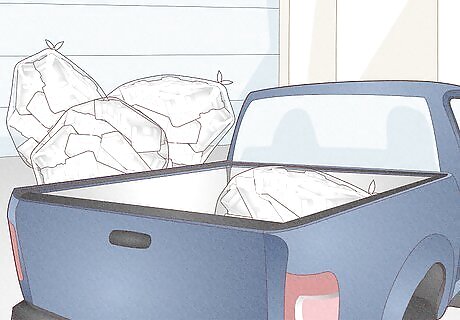
Set up your own local program. If recycling EPS is frustratingly complicated in your area, consider starting your own program in conjunction with business owners and consumers to bring change to your community. Working with a recycling company like AFPR for pick-up service is best, especially if you work for a business that receives massive amounts of EPS, or if you can collect a large volume of EPS, to make it easier to coordinate. Requesting a new pick-up spot is a lot easier if you can guarantee a large quantity. Most companies require storage containers to remain outdoors in a bin where EPS is kept clean, dry and unexposed to the elements. Check with AFPR to see whether stacking, bagging, or bundling loose Styrofoam will be appropriate for pick-up, then organize a regular pick-up on behalf of your company. EPS compactors are also available for use in some commercial spaces, to condense and make more portable a supply of EPS for pick-up. This can seriously cut down on the fuss of a large quantity of Styrofoam products in the meantime before it can be collected.
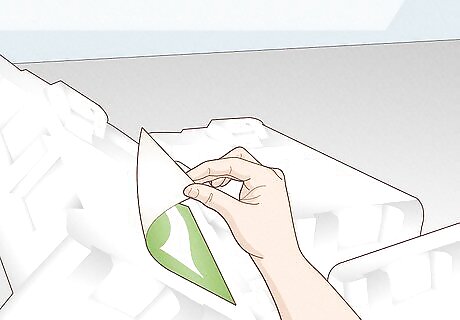
Make sure all EPS to be recycled is clean and free of contaminants before recycling. Tape, labels, and other kinds of film can ruin the recycling process, making it important that EPS is free of other types of contaminants before it's picked up to be recycled. Take some time to clear off all other packing materials before recycling it, otherwise it'll just end up in the landfill.
Avoiding Common Misconceptions
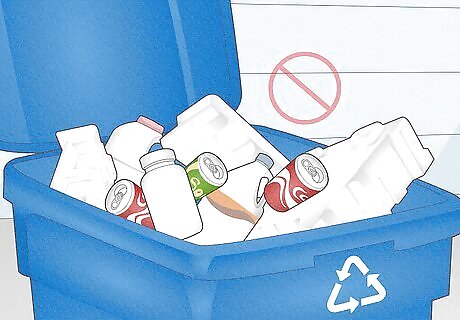
Never set out Styrofoam with other recyclables. Different versions of plastic require different recycling streams to process the materials, which means that you'll have to take special care to recycle your Styrofoam. It cannot be recycled with your plastic bottles, newspaper, and your aluminum cans, so don't try to set it out with your regular recycling, or drop it off at the regular recycling center. Doing so might result in all of your recycling being thrown out.
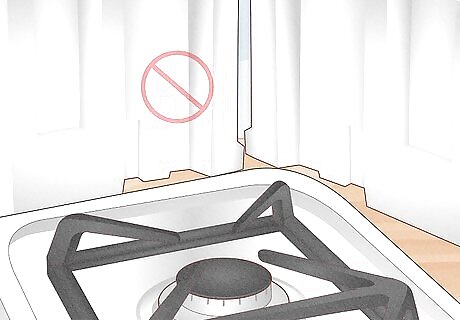
Never use Styrofoam as insulation. While Styrofoam has insulation properties that make it an attractive packing material, using Styrofoam in your home as heat insulation is extraordinarily dangerous and illegal. Styrofoam can be used to regulate coolers, and drink coffee from, but it's also extremely flammable, which makes it dangerous to as an insulation in a home, trailer, or other environment.
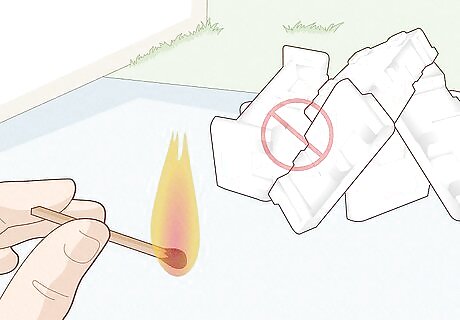
Never burn Styrofoam. While EPS can be incinerated at very high temperatures in specialized incinerators, producing no more harmful chemicals than carbon and water, it cannot be burned at home. Burning in a regular fire, the type of which you’ll be able to do at home, releases harmful carbon monoxide and black carbon into the atmosphere, making it dangerous. Dispose of your Styrofoam in other ways.
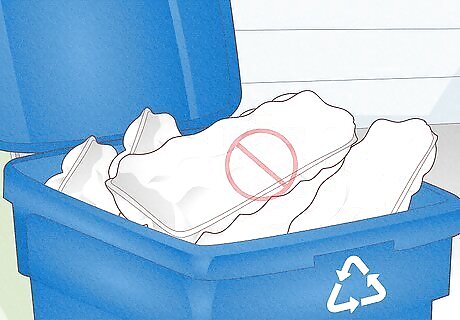
Learn what EP can’t be recycled. Make sure your Styrofoam is really Styrofoam. Identify products made from Styrofoam by looking for the number 6 inside a recycling triangle. Typically, food containers and egg cartons cannot be recycled, even at the appropriate drop-off locations. These are a slightly-different variety of expanded-polystyrene, which cannot be recycled. Avoid buying and using these types of Styrofoam. Expanded Polystyrene Foam (EPF) looks and feels similar to EPS, but with a slightly more plastic-like texture and a glisten to it. It feels slightly different than regular #6 EPS, and can’t be recycled in the same way. Avoid any Styrofoam with a sheen on it.
Finding Alternatives
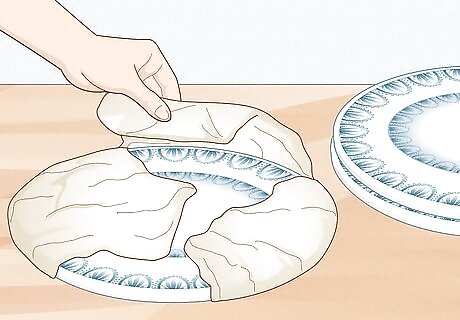
Use biodegradable packing materials. The vast majority of Styrofoam is produced because of packing purposes, padding and securing things for shipping. While it can be difficult to avoid receiving Styrofoam when you make a purchase, you can always cut down on your own use of Styrofoam when sending packages by avoiding the use of loose-fill packing "peanuts" and using other kinds of biodegradable packing materials. Use newspaper, or other recyclable plastic materials to pad your packages. If it's not super-breakable, there's probably no need for Styrofoam. Using corn and soy-based packing materials is becoming more and more common. If you work for a business that regularly sells things that require packing protection, consider making the alternative to biodegradable alternatives to Styrofoam. A company called Ecovative has recently developed a mushroom-based product that can be grown to fit any space, much like Styrofoam, but with completely biodegradable materials. It's just as lightweight and customizable as Styrofoam, but with none of the environmental impact.
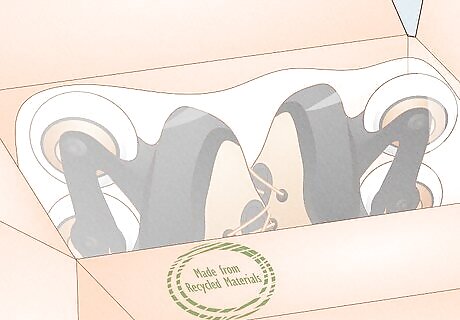
Purchase post-consumer recycled materials. When you're making consumer purchases, try your best to only purchase things packaged in and made from post-consumer recycled materials. It can be difficult to know if something you buy will contain styrofoam included in the packing materials, but if you're buying with an eye for companies that make recycling and reusing a priority, you can be fairly certain that the packaging won't include any.
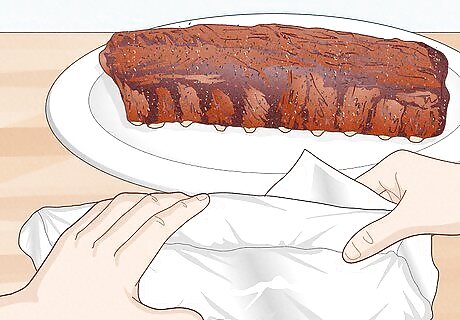
Ask for aluminum foil at a restaurant, instead of a take-out box. Take-out boxes are tough to get rid of and almost impossible to recycle. If you're a foodie, get in the habit of avoiding those Styrofoam take-out boxes and instead asking for the kitchen to wrap up your leftovers in aluminum foil so you can take it home. You can also simply eat there if you have the time. The restaurant will likely use formal(kind of) plates, bowls, and other eating tools and containers, but if you don't have the time, use aluminum foil.

Use a reusable coffee mug. If you make regular coffee-stops throughout your week, try to invest in a reusable coffee mug that you can travel with, instead of collecting "to-go" cups at home and not being able to easily recycle them.
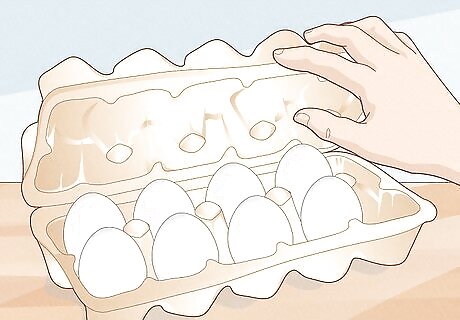
Buy eggs in recycled paper cartons. Egg cartons are the other big offender when it comes to non-recyclable Styrofoam materials. How best to approach these Styrofoam traps? Avoid them entirely. Only buy eggs from recycled paper cartons, or other recyclable materials. If you end up with lots of Styrofoam containers, you can reuse the cartons if you buy eggs in bulk, or donate egg cartons at the farmers’ market, or to farmers with lots of chickens who'll need to hold their eggs.
Reusing Styrofoam
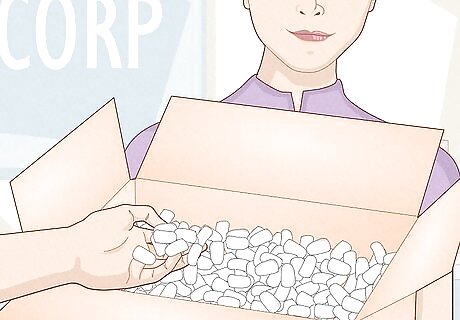
Donate Styrofoam to local businesses. Check with local shipping businesses to see if they can reuse Styrofoam shipping materials such as peanuts in their shipping. There's a lot of Styrofoam in the world, so it might be hard to find people in desperate need of used Styrofoam, but it's worth a shot. UPS, USPS, and mail-order companies in your town might be open to the idea. You'll never know until you ask.
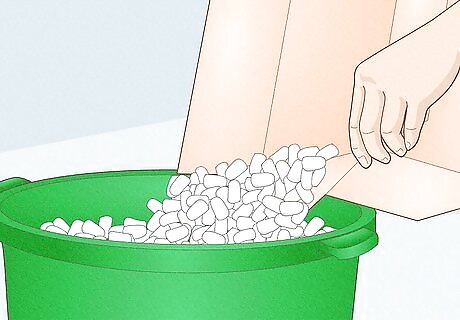
Save loose fill for repacking shipping materials. If you regularly get packing peanuts, don't get rid of them. Save them back for packing new boxes and reusing them for packaging. There's no need to buy new packing peanuts.
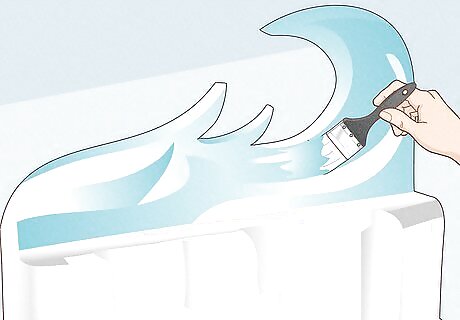
Use Styrofoam for craft projects. Styrofoam is lightweight, easy to paint, and easy to carve up for art projects with kids. It's a perfect medium for youngsters. Check with local daycare centers and other after-school programs to find out about art classes that might use free materials. Styrofoam is great for creating sets for theatrical productions, building up model train communities, and using as the base for holiday decorations. There are lots of uses for Styrofoam.
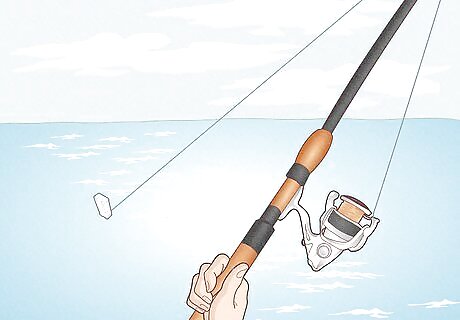
Use polystyrene floaters for fishing. EPS is commonly called “unsinkable,” because of its light weight and the fact that it’s up to 96% air. This makes it perfect for use in fishing. Try carving little Styrofoam bobbers, attaching Styrofoam to your lines to help you keep an eye on your lures. It's free, easy to use, and super-reliable.
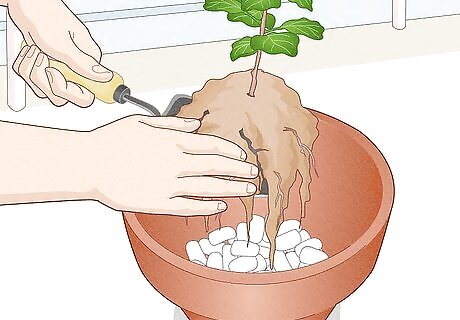
Use EPS around the house. If you save Styrofoam, you'll be surprised at how useful it can be around the house. Lining a potted plant with a bit of Styrofoam can help it drain more effectively, while you can also use shaved Styrofoam to re-stuff old bean-bag chairs, pillows, or stuffed animals. Be creative instead of being wasteful.


















Comments
0 comment